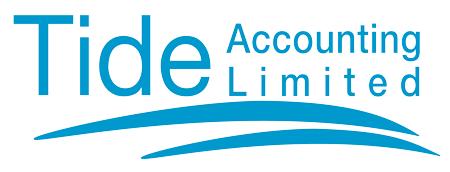The limit on Income Tax reliefs has applied since 6 April 2013. This measure was the first time a limitation to existing reliefs had been introduced.
The cap is set at the greater of 25% of income or £50,000. This limit applies to the total amount of relevant reliefs claimed in a tax year and is calculated individually for each tax year in which relief is claimed.
The main reliefs subject to this limit are:
- trade loss relief against general income and early trade losses relief claimed on the self-employment, Lloyd’s underwriters or partnership pages;
- property loss relief (relating to capital allowances or agricultural expenses) claimed on the UK property or foreign pages;
- post-cessation trade relief, post-cessation property relief, employment loss relief, former employees deduction for liabilities, losses on deeply discounted securities and strips of government securities claimed on the additional information pages;
- share loss relief, unless claimed on Enterprise Investment Scheme (EIS) or Seed Enterprise Investment Scheme (SEIS) shares claimed on the capital gains summary pages; and
- qualifying loan interest.
The limit applies in addition to other provisions that restrict the amount of relief that can be used to reduce total taxable income for the year. The limit does not affect the amount of trading losses which may be claimed against capital gains.
HMRC’s guidance explains, with supporting examples, how the limit is calculated, the measure of income used to calculate the limit, which reliefs are subject to the limit, and how different circumstances are treated. As the 2024-25 tax year begins to draw to a close, taxpayers should seek to ensure that wherever possible, they structure their finances to avoid the cap.

